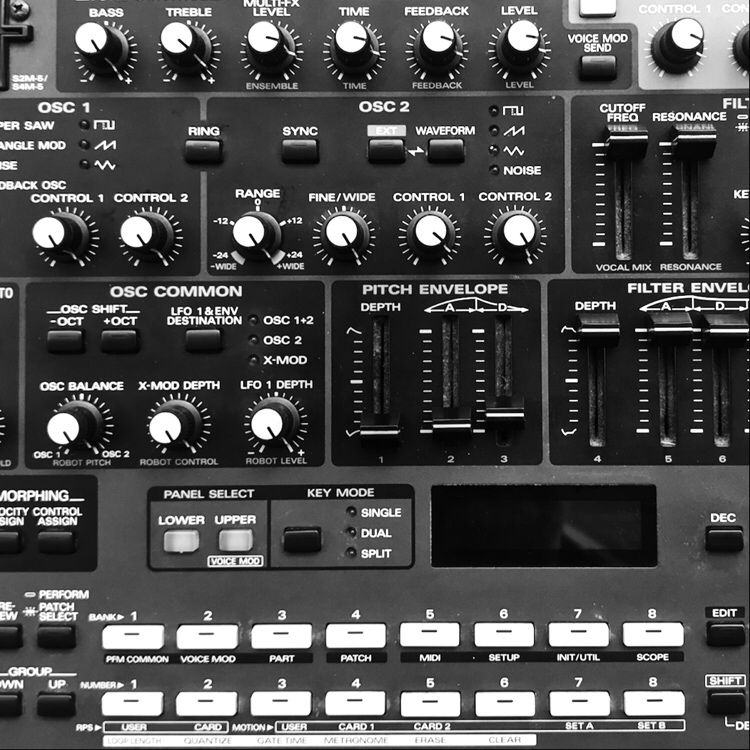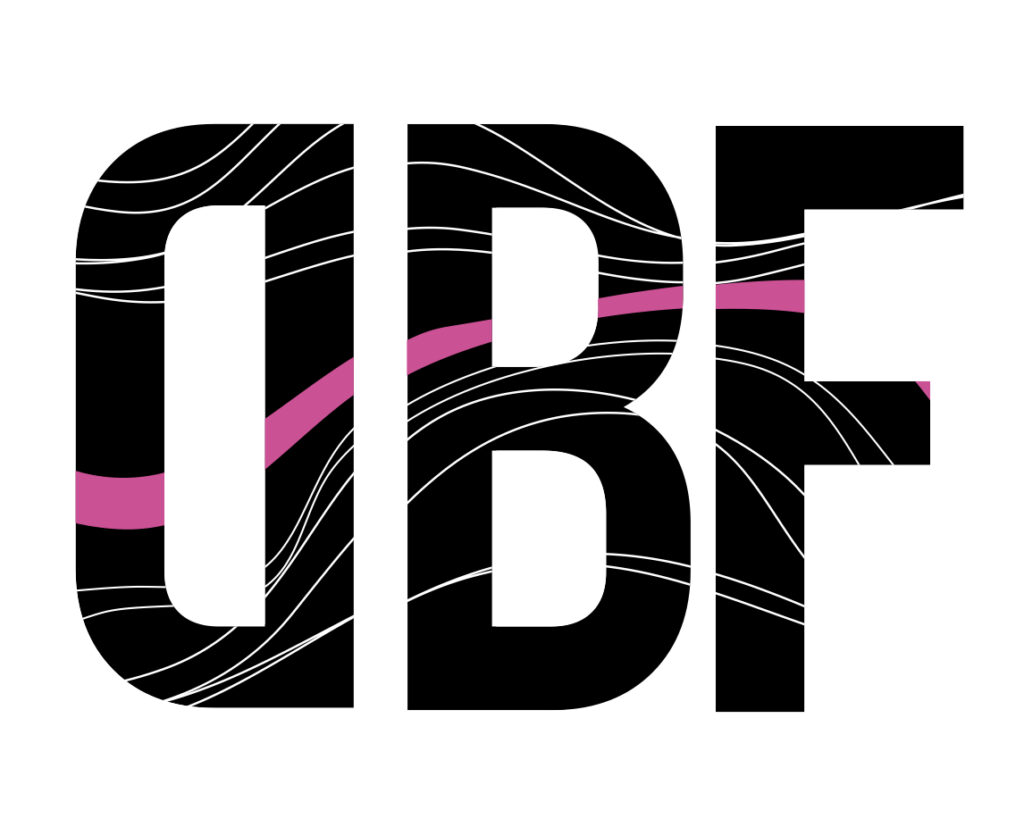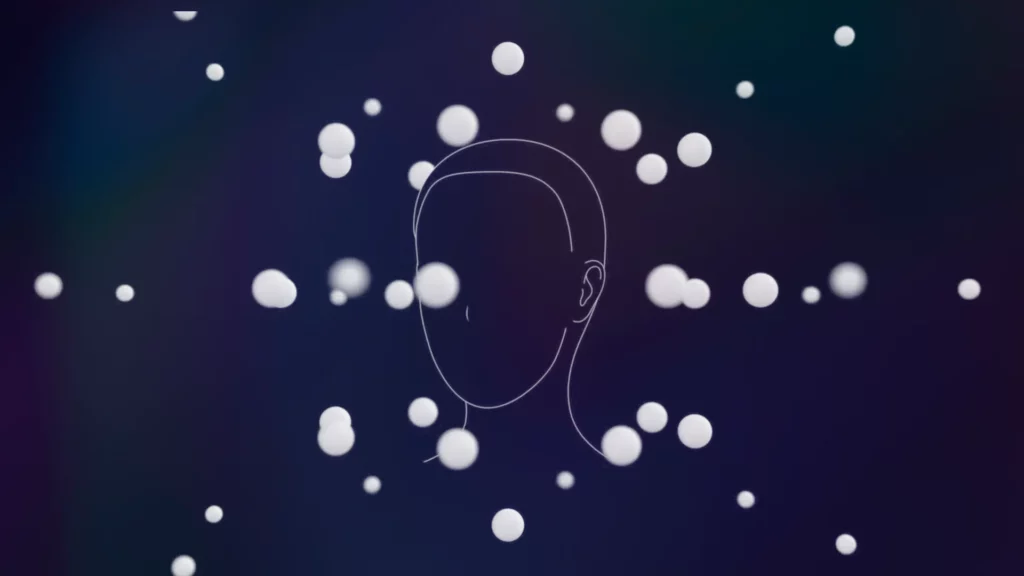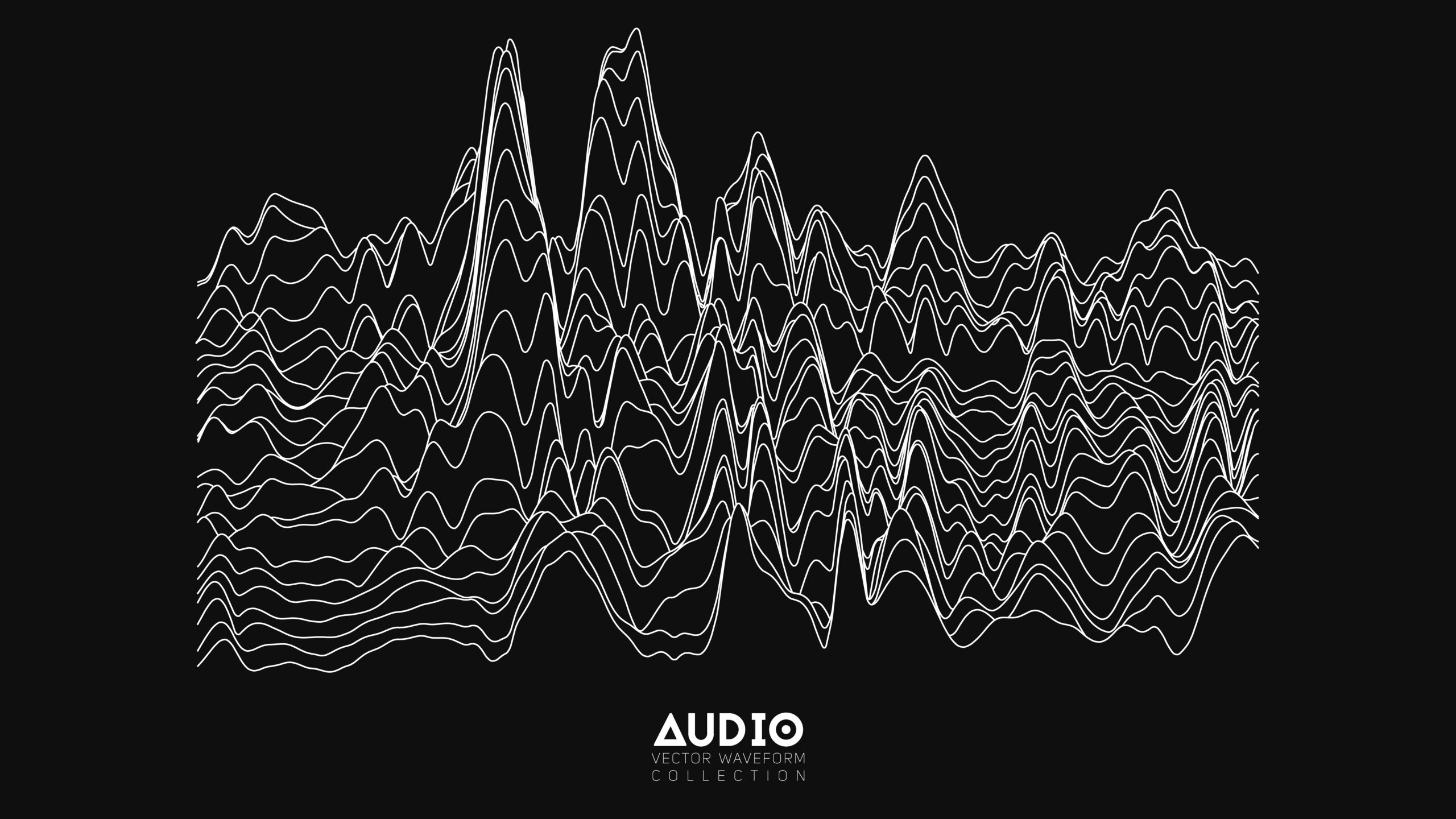Maximize Your Music Presence on Spotify: Mastering Techniques

One of the keys to achieving high-quality music production on Spotify is mastering.
What is Mastering?
Mastering is the final process of music production, where you optimize your audio track for playback on various devices and streaming platforms. A well-executed mastering can make the difference between a song that blends into the music scene and one that stands out and captures the listener’s attention.
Mastering Techniques for Spotify
- Optimized Loudness Level: Spotify uses Loudness Normalization, which levels the volume of all tracks to ensure a consistent listening experience.
For Spotify, it is recommended to maintain an average loudness level of around -14 dB LUFS (Loudness Units Full Scale). This is the level to which Spotify automatically normalizes all tracks during playback, ensuring a consistent listening experience for users. Keeping your loudness level around this value will help you avoid overcompression and ensure that your music sounds good on Spotify without being too loud or distorted. So, instead of trying to make your track as loud as possible, focus on sound quality and level balance. - Control Compression: Compression that is too aggressive can compromise sound quality, especially on streaming platforms like Spotify. Use compression sparingly to maintain the dynamics of your music and ensure that it is well-balanced.
- Effective EQ: EQ is essential to ensure that every instrument and frequency is well represented in your track. Be careful not to overload the higher or lower frequencies, as they may be cut off during Spotify’s compression process.
- Test on Multiple Listening Sources: Be sure to test your music on multiple listening sources, including mobile devices, Bluetooth speakers, and headphones, to ensure that it sounds good on a variety of devices.
- Monitoring Peak Levels: Avoid excessive volume peaks that could cause distortion or clipping. Keep peak levels in check to ensure smooth playback on Spotify.
- Using Mastering Plugins: There are a number of mastering plugins available that can simplify the process and provide professional results. However, make sure you fully understand how they work and adapt them to the specific needs of your track.
If you need a professional master, contact me, I’ll be happy to help.
🎶🔊
Exploring innovation in electronic music beyond the 12 semitones!

Electronic music is breaking free from the conventional confines of the 12 semitones thanks to synthesizers, instruments that allow artists to create a sonic universe beyond traditional musical scales. With microtonal experimentation and the use of alternative scales, new doors to creativity are opened, allowing the creation of unique and surprising soundscapes.
Microtones, fragments smaller than traditional semitones, revolutionize musical harmony by opening up new creative perspectives. In synthesizers, the use of microtones allows the creation of intermediate notes between standard ones, allowing artists to explore new sonic nuances and break the limits imposed by the traditional 12 tones.
This microtonal experimentation amplifies the complexity of harmonies, offering the possibility of creating customized scales, more fluid harmonies and unique sonic atmospheres. It’s a world where small tonal variations open up new expressive dimensions, redefining the way we perceive and create electronic music. 🎵✨
This new approach pushes the boundaries of musical harmony, allowing artists to explore new sonic nuances. Synthesizer technology amplifies creative freedom, transforming the way we conceive and experience music.🎵✨
LOW FREQUENCIES IN MUSIC

Music is a universal language that speaks to the emotions and the soul. But behind that melody or that engaging rhythm, there are invisible elements that play a crucial role in shaping the musical experience. One of these elements is the low frequency component. Low frequencies are a fundamental part of many musical genres and play an essential role in creating a powerful and immersive sound.
Low frequencies are, as the name suggests, the musical notes or sounds that vibrate at lower frequencies. These frequencies are typically below 250 Hz and are responsible for the foundation of sound. Think of low frequencies as the foundation upon which the house of music is built. Without them, music would sound flat and lack depth.
Low frequencies are not only a structural element of music, but they also have a physical impact on those who listen to them. The vibrations of low frequencies can be felt in the body, often synchronizing with the heartbeat ❤️.
This phenomenon is well known to concert-goers and club-goers, where the bass can be so powerful that it can vibrate the chest and body, creating a physical connection between the music and the listener.
🎵
Low frequencies are particularly evident in music genres such as hip-hop, dubstep, reggae, rock, EDM (Electronic Dance Music) and many others. In these genres, the bass is not just an instrument, but a protagonist. Deep bass, pulsating bass lines and punchy drum beats are all key elements in creating an engaging sonic foundation.
🎚️
However, the art of working with low frequencies is not just about making them loud and penetrating. Finding the right balance between the low, mid and high frequencies is essential to creating a harmonious sound. Sound engineers and music producers work carefully with these elements to ensure that each instrument and vocal fits into the mix in a balanced way.
💻
As technology advances, musicians and producers have an ever-increasing array of tools and techniques to manipulate and shape low frequencies. From the use of low-cost synthesizers to advanced music production software, control over low frequencies is in the hands of music creators like never before.
Low frequencies are the backbone of many musical compositions, providing depth, power, and emotion. They are an essential aspect of what makes music engaging and impactful. Next time you listen to your favorite song, pay attention to the low frequencies and their ability to move your spirit and body, proving to you once again how amazing the art of music is.
From this journey, DBF (Department of Low Frequencies) was born.
See you at the next stage 🎼
Immersive Sound: Innovation and Opportunity

In the digital age, where technological innovation is proceeding at a dizzying pace, immersive sound represents one of the most fascinating and promising frontiers. This technology not only transforms the listening experience, but also opens up new business and customer interaction opportunities.
What is Immersive Sound?
Immersive sound goes beyond traditional stereo or surround sound. Using advanced technologies such as Dolby Atmos, DTS:X and Auro-3D, it creates a three-dimensional sound environment that envelops the listener. This type of sound can be positioned virtually anywhere in space, offering an incredibly realistic and immersive sound experience.
Applications of Immersive Sound in Business
- Marketing and Advertising: Advertising campaigns can benefit greatly from immersive sound. Creating commercials or promotional content with three-dimensional audio can capture the audience’s attention more effectively, increasing engagement and message retention.
- Corporate Events and Conferences: Corporate events, both virtual and physical, can be enhanced with immersive sound. Imagine presentations where the audience can hear sounds coming from different directions, making the experience more dynamic and interactive.
- Training and Development: Immersive training can significantly improve learning and retention. For example, training programs that use immersive audio can simulate realistic scenarios, offering a more effective training experience.
- Customer Experience: In physical stores, immersive sound can be used to create more welcoming and engaging environments. In customer support services, the use of this technology can improve the quality of interactions, making them more natural and enjoyable.
- Entertainment and Multimedia: Companies in the entertainment sector can use immersive sound to offer more compelling experiences in films, video games and virtual concerts. Streaming platforms can also adopt this technology to stand out from the competition.
Competitive Advantages
- Differentiation: Offering high-quality sound experiences to stand out in a crowded market.
- Engagement: More realistic and immersive sound can increase customer dwell time and interaction with content.
- Innovation: Adopting new technologies demonstrates a commitment to innovation, improving brand perception.
As the world moves towards increasingly digital and interactive experiences, immersive sound is a key component for the future of business. Investing in this technology today could mean gaining a significant competitive advantage: an opportunity not to be missed.

SOUND DESIGN
Sound design is the art and technique of creating, manipulating, and arranging sounds to evoke emotion, setting, and narrative through the recording of real sounds, the creation of synthetic sound effects, and the manipulation of existing sounds.
History and Evolution
The origins of sound design date back to the silent film era, when accompaniments and improvised soundtracks helped to intensify the emotion of a scene. With the advent of sound, techniques evolved rapidly, with the introduction of recorded sound effects and dubbing, and the current digital age has expanded the creative possibilities.
Fundamental Elements
- Recording and Sound Acquisition
The basis of good sound design is the quality of the recordings. Using specialized microphones and controlled-environment recording techniques, sound designers capture natural sounds, ambient noises, dialogue, and more. In some situations, “field” recording is used to obtain authentic sounds from real settings.
- Processing and Manipulation
Once acquired, sounds are processed using audio editing software. Digital manipulation allows for the creation of effects that are impossible to achieve in the real world.
- Sound Synthesis
In addition to recording, sound design uses sound synthesis to generate sounds from scratch. Using synthesizers, it is possible to create particular atmospheres.
Role
A sound designer is an artist who works closely with directors, screenwriters and other production professionals. His responsibilities include:
- Creating atmosphere: Each scene needs a sound context that reinforces its emotional message.
- Giving identity to characters: The sounds associated with a character or an environment can become a distinctive element.
Applications
Film and Television
In film, sound design is crucial to immerse the viewer in the story. In science fiction and horror films, for example, sound is often the main vehicle for creating tension and mystery.
Video Games
In video games, interactive soundscapes not only enhance player immersion, but also provide clues for navigation and puzzle solving. Dynamic, reactive ambient sounds have become industry standards.
Theater and Art Installations
In theater, sound design is increasingly important. The strategic use of sound can transform the stage space and guide the audience’s attention.
In art installations, sound becomes an integral part of the sensory experience.
The Future of Sound Design
Technological evolution continues to push the boundaries of sound design. Technologies will allow acoustic environments to be simulated even more realistically, offering immersive experiences that challenge the traditional separation between spectator and work.
